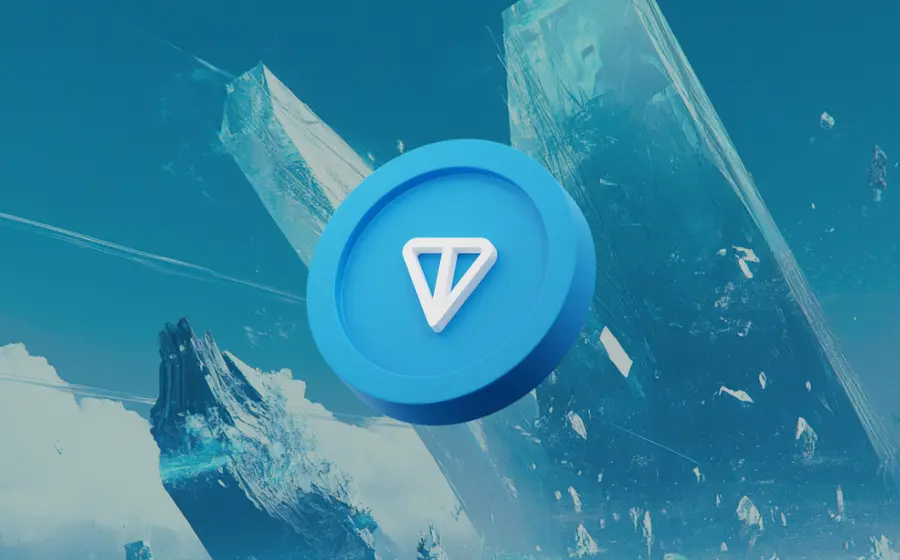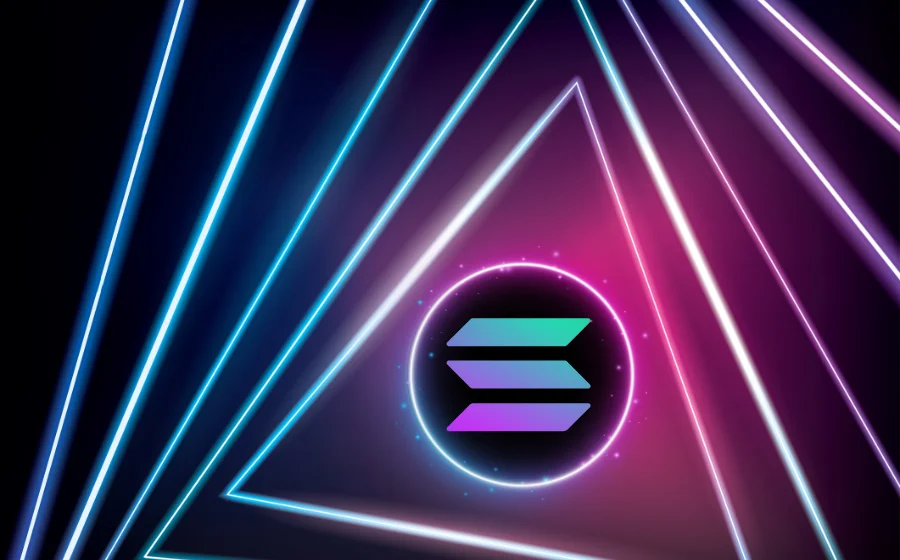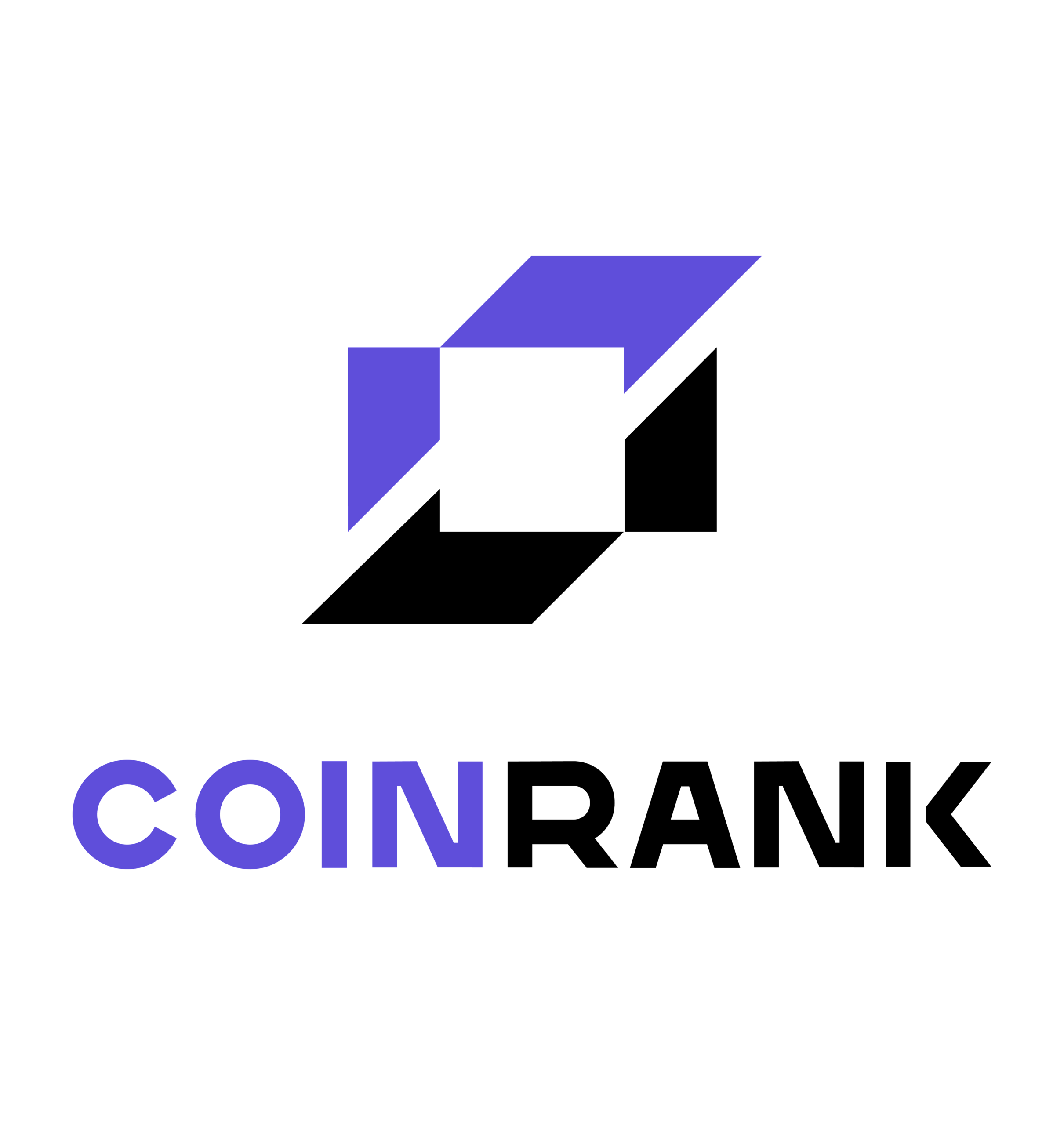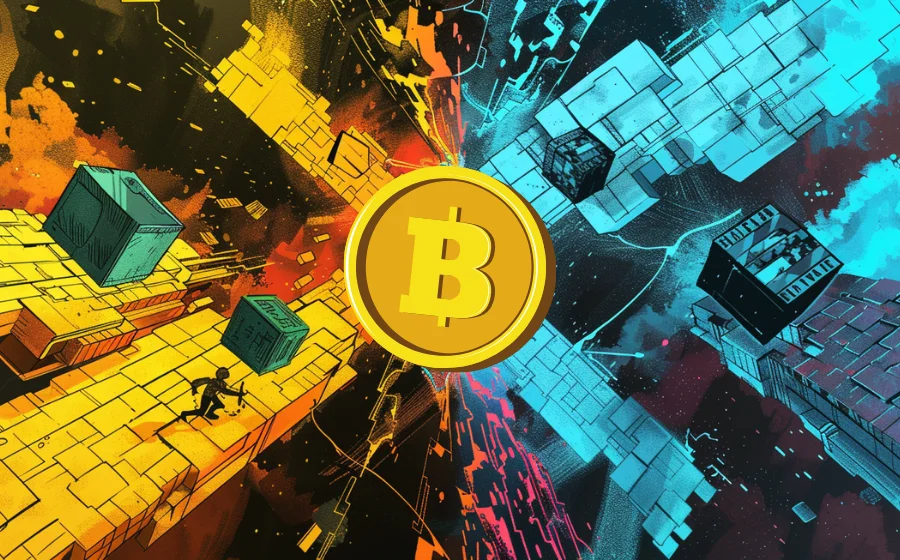
KEYTAKEAWAYS
- Modular Blockchain breaks monolithic architecture into specialized layers, improving scalability and adaptability without sacrificing decentralization or security.
- It enables diverse implementations—like rollups and sovereign rollups—offering developers flexibility to balance autonomy, performance, and network integrity.
- Despite its early-stage maturity and technical complexity, Modular Blockchain’s interoperability potential could reshape DeFi and Web3 infrastructure globally.

CONTENT
Modular Blockchain introduces a multi-layer architecture that enhances scalability, flexibility, and security—redefining how blockchains operate and power the next era of DeFi innovation.

WHAT IS MODULAR BLOCKCHAIN?
Modular Blockchain represents a new generation of blockchain design that breaks away from the traditional monolithic model. Unlike early blockchains—such as Bitcoin or the early version of Ethereum—that handled all processes (execution, consensus, data, and settlement) within a single layer, Modular Blockchain introduces a multi-layered structure that separates these key functions into specialized components.
By distributing tasks across distinct layers, each focused on its own responsibility—such as transaction execution, validation, or data storage—the system becomes more scalable, customizable, and efficient. The ultimate goal is to achieve higher performance and flexibility without sacrificing decentralization or security.
📌 How Does a Modular Blockchain Work?
A Modular Blockchain operates through four core functional layers:
- Execution Layer – Handles transactions and smart contract logic.
- Settlement Layer – Ensures finality and security when transactions move between different chains or subnets.
- Consensus Layer – Maintains network agreement and verifies the validity of transactions.
- Data Availability (DA) Layer – Stores and distributes transaction data, allowing nodes to independently verify blocks.
This modular design enables developers to mix and match protocols for each layer, creating flexible, high-performance systems. It also offers a promising path to addressing the blockchain trilemma—the challenge of balancing scalability, decentralization, and security.
>>> More to read: What is parallelization in blockchain & How Does It Work?
EXPLORING THE MODULAR BLOCKCHAIN NETWORK
There are many ways to implement a Modular Blockchain, each offering distinct design characteristics and trade-offs. Some of the most notable approaches include rollups, validiums, and sovereign rollups — each playing a key role in how modular systems balance scalability, security, and autonomy.
Rollups act primarily as the execution layer, processing transactions off-chain and then publishing the resulting data onto a Layer 1 (L1) network such as Ethereum. This allows for lower transaction costs and higher throughput, while still inheriting the strong security guarantees of L1.
Validium, a variation of rollups, also executes transactions off-chain but submits only validity proofs — not all transaction data — to the L1. It relies on a Proof-of-Stake (PoS) validator network to ensure the integrity of off-chain transactions. This method greatly enhances scalability and data efficiency while maintaining a secure verification process.
Sovereign Rollups, on the other hand, combine the functions of both the execution and settlement layers. They publish their data blocks directly onto their own rollup chain without depending on an L1 smart contract for validation. This design gives them greater independence and governance flexibility, allowing developers to build networks that maintain sovereignty while still benefiting from modular interoperability.
In essence, these three models showcase how Modular Blockchain architectures are pushing blockchain design beyond traditional boundaries—offering diverse paths toward faster, more secure, and more autonomous on-chain ecosystems.
>>> More to read: What Are DeFi Aggregators & How Do They Work?
MODULAR BLOCKCHAIN ADVANTAGES &DISADVANTAGES
The Modular Blockchain architecture introduces a new way to design scalable and flexible blockchain systems — offering major improvements over the traditional monolithic model. By breaking down functions into specialized layers, it enhances scalability, interoperability, and customization. However, these advantages also come with trade-offs, such as increased complexity and limited real-world testing.
✅ Advantages
-
Enhanced Scalability
Modular Blockchain excels in scalability by offloading resource-intensive tasks — like transaction execution or data storage — to specialized layers. This separation allows networks to process more transactions per second while maintaining decentralization and security.
-
Flexibility and Interoperability
The modular foundation offers developers the freedom to connect multiple Layer 1 and Layer 2 networks seamlessly. This flexibility enables compatibility with the Ethereum Virtual Machine (EVM) or alternative virtual machines, fostering a more diverse and interconnected blockchain ecosystem.
-
Multi-Functional Application Development
The modular structure supports the development of more user-friendly and universal decentralized applications (DApps). By reducing technical barriers, Modular Blockchain makes it easier for developers and users to build and interact with secure, efficient, and scalable DApps.
-
Customizable Tech Stack
Developers can freely select components that best match their needs — from consensus mechanisms to virtual machines — building a fully customizable tech stack. This adaptability leads to more developer-friendly environments and a faster pace of innovation.
⚠️ Disadvantages
-
Higher Development Complexity
Building a Modular Blockchain is far more technically demanding than a monolithic chain. The multi-layered structure requires deeper coordination between components, which increases the learning curve for both users and developers — potentially slowing adoption and deployment.
-
Limited Real-World Testing
Unlike battle-tested networks such as Bitcoin and Ethereum, modular systems have not yet undergone the same level of real-world stress and security validation. Their resilience under high transaction volumes and adverse conditions remains to be fully proven.
-
Early Stage of Maturity
Despite growing attention and innovation, Modular Blockchain technology is still in its infancy. Many frameworks are experimental, and long-term stability, interoperability, and governance structures are still being refined. As a result, uncertainty remains around their ability to sustain performance and security at scale.
>>> More to read: Why Data Availability Matters for Blockchain Scalability
CONCLUSION
Modular Blockchain stands at the forefront of blockchain evolution — bringing together versatility, interoperability, and scalability to power the next generation of decentralized ecosystems. By decoupling core functions and allowing each layer to specialize, it paves the way for more secure, efficient, and adaptable infrastructures capable of supporting a broader range of DApps and real-world applications.
As development teams continue refining solutions to the blockchain scalability trilemma, the influence of Modular Blockchain is expected to expand across the crypto landscape. Its potential to drive innovation in DeFi, enhance cross-chain collaboration, and reduce technical friction could mark a new era for decentralized technology — one where flexibility and efficiency coexist without compromising security or decentralization.

















